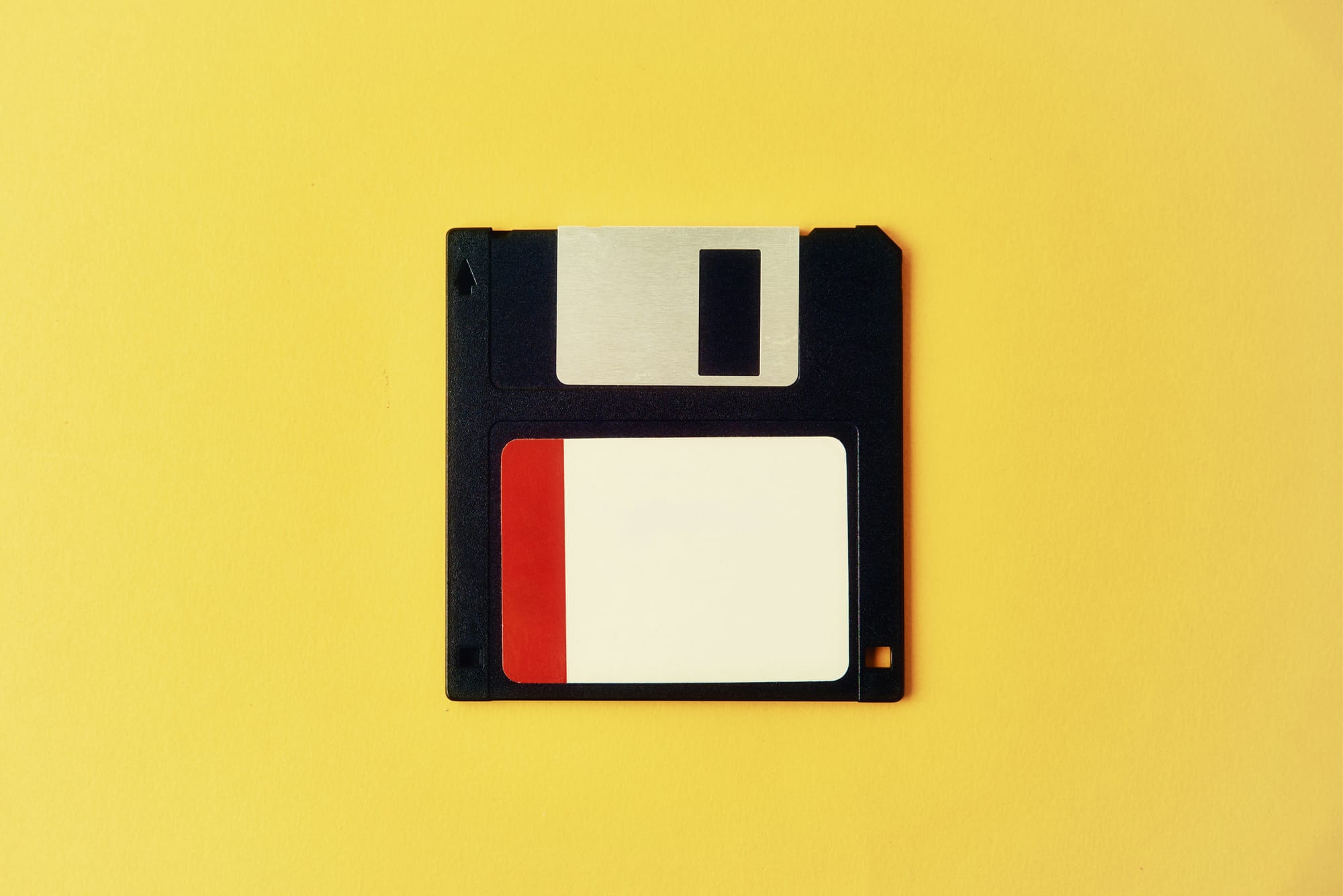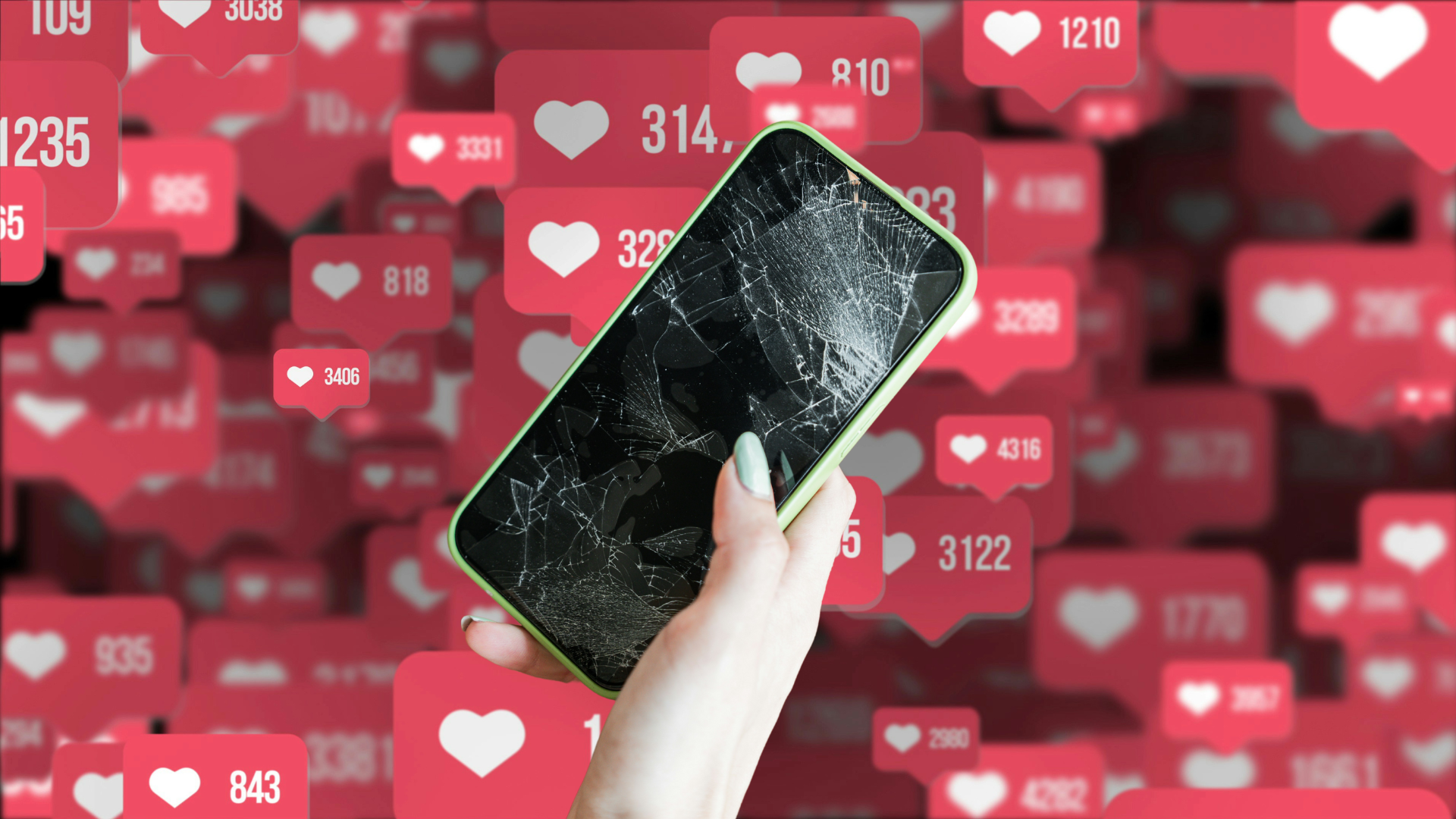The Digital Packrat Manifesto
Amazon’s recent decision to stop allowing people to download copies of their Kindle e-books to a computer has vindicated some of my longstanding beliefs about digital media. Specifically, that it doesn’t exist and you don’t own it unless you can copy and access it without being connected to the internet.
The recent move by the megacorp and its shiny-headed billionaire CEO Jeff Bezos is another large brick in the digital wall that tech companies have been building for years to separate consumers from the things they buy—or from their perspective, obtain “licenses” to. Starting Wednesday, Kindle users will no longer be able to download purchased books to a computer, where they can more easily be freed of DRM restrictions and copied to e-reader devices via USB. You can still send ebooks to other devices over WiFi for now, but the message the company is sending is one tech companies have been telegraphing for years: You don’t “own” anything digital, even if you paid us for it. The Kindle terms of service now say this, explicitly. “Kindle Content is licensed, not sold, to you,” meaning you don’t “buy a book,” you obtain a “digital content license.”
The situation brings to mind an interview I did over a decade ago, with the executive of a now-defunct streaming platform. He told me candidly that the goal of all this was to make digital media a “utility” like gas or electricity—a faucet that dispenses the world’s art as “content,” with tech companies in complete control of what goes in the tank and what comes out of it.
Hearing this was a real tin foil hat moment for me. For more than two decades, I’ve been what some might call a hoarder but what I’ve more affectionately dubbed a “digital packrat.” Which is to say I mostly avoid streaming services, I don’t trust any company or cloud with my digital media, and I store everything as files on devices that I physically control. My mp3 collection has been going strong since the Limewire days, I keep high-quality rips of all my movies on a local media server, and my preferred reading device holds a large collection of DRM-free ebooks and PDFs—everything from esoteric philosophy texts and scientific journals to scans of lesbian lifestyle magazines from the 1980s.
Sure, there are websites where you can find some of this material, like the Internet Archive. But this archive is mine. It’s my own little Library of Alexandria, built from external hard drives, OCD, and a strong distrust of corporations. I know I’m not the only one who has gone to these lengths. Sometimes when I’m feeling gloomy, I imagine how when society falls apart, we packrats will be the only ones in our village with all six seasons of The Sopranos. At the rate we’re going, that might not be too far off.
Amazon is far from alone in this long-running trend towards eliminating digital ownership. For many people, digital distribution and streaming services have already practically ended the concept of owning and controlling your own media files. Spotify is now almost synonymous with music for some younger generations, having strip-mined the music industry from both ends by demonetizing more than 60% of the artists on its platform and pushing algorithmic slop while simultaneously raising subscription fees.
Of course, surrendering this control means being at the complete mercy of Amazon and other platforms to determine what we can watch, read, and listen to—and we’ve already seen that these services frequently remove content for all sorts of reasons. Last October, one year after the Israeli military began its campaign of genocide in Gaza, Netflix removed “Palestinian Stories,” a collection of 19 films featuring Palestinian filmmakers and characters, saying it declined to renew its distribution license. Amazon also once famously deleted copies of 1984 off of people’s Kindles. Fearing piracy, many software companies have moved from the days of “Don’t Copy That Floppy” to the cloud-based software-as-a-service model, which requires an internet connection and charges users monthly subscription fees to use apps like Photoshop. No matter how you look at it, digital platforms have put us on a path to losing control of any media that we can’t physically touch.
How did we get here?
In the US, it goes back to the legal concepts of individual versus intellectual property rights, which are mediated by something called “exhaustion.” The idea behind the exhaustion principle was that copyright owners, like the studio that produces a film, relinquish some (but not all) of their rights over how a work is used when they sell copies to consumers. For example, if you buy a DVD, the law may prohibit you from duplicating the work for non-personal use, but the company that produced the movie can’t stop you from re-selling or gifting the physical disc to someone else.
The fact that you’re free to do whatever you want with the things you buy seems very obvious and intuitive from our perspective, but the truth is that copyright holders have been trying to erode these individual rights granted by exhaustion from the very beginning. Over the years, book publishers have tried to punish students for reselling expensive textbooks at lower prices, and record labels have launched unsuccessful crackdowns on stores selling used CDs. Hollywood tried to shut down the video rental market multiple times after it first emerged in the 1970s, and video game industry lobbyists have repeatedly claimed that used game sales will herald the apocalypse, with some publishers calling second-hand stores like GameStop a “bigger threat than piracy.”
In all these cases, the companies’ claims were overblown, but they boiled down to one simple gripe: technology was changing and creating new markets that they didn’t control. After much hooting and hollering, their inevitable response has always been to enter those markets and attempt to position themselves at the absolute center. And nothing has made that task easier than the rise of digital distribution.
“The basic principle of exhaustion—the notion that owners have rights that are not contingent on copyright holder permission—can and should survive the transition to a digital copyright economy,” explain Aaron Perzanowski and Jason Schultz, in their book The End of Ownership: Personal Property in the Digital Economy. “Rights holders have always fought against this principle, but the digital marketplace gives them their best chance to kill it.”
Following the mass corporate freakout over piracy in the post-Napster era, copyright holders finally found two ways to get past the exhaustion principle: Digital rights management (DRM), which locks downloaded content to a centrally controlled platform with varying degrees of success, and streaming services, where companies fully control access to all media and users pay fees to access it with an internet connection.
The streaming model was particularly appealing to most normal people, because who wants to pay for and manage thousands of media files when you could have unlimited access to an entire library for a monthly fee? Piracy never went away of course—services like Netflix simply outpaced it in terms of convenience. Streaming beat piracy at its own game, but this time Silicon Valley tech companies and copyright owners were the ones at the controls.
This was fine for a time. But when two or three streaming services turned into several dozen, all with their own monthly fees, some of us started turning back to the Old Ways.
Over the past decade, keeping your own DRM-free digital media archive has become something of a lost art. It requires time and patience that many people no longer have, and it certainly can’t compete with the convenience of streaming. As large corporations and algorithms tighten their grip to a clenched fist, I think we’re long past due for a second DIY Media Renaissance. But in order for that to happen, we first need to change our habits and expectations around media consumption—starting with deprogramming this idea that media is something that should be unlimited and available at all times through a digital faucet.
"Every collection becomes deeply personal, and that’s beautiful"
One of the more abstract but dire consequences of this streaming mentality is that we’ve started to treat art and culture like wallpaper. The rise of algorithmic curation and AI-generated content has sent this into overdrive: On Spotify, music is detached from its human creators and flattened into algorithmically-generated playlists with hashtag-able labels like “Lo-Fi Chillwave Anime Vibes.” Netflix has even started dictating that producers make TV shows less engaging, so that people can passively consume them as “second screen content” while scrolling on their phones.
In her recent book Mood Machine: The Rise of Spotify and the Cost of the Perfect Playlist, music journalist Liz Pelly refers to this process as “Muzak-ing”—the conversion of media from discrete works of art with a discernible context and author to anonymous background noise meant for passive consumption at the gym or while relaxing at home.
“It turns out that playlists have spawned a new type of music listener, one who thinks less about the artist or album they are seeking out, and instead connects with emotions, moods and activities, where they just pick a playlist and let it roll,” Pelly wrote in an essay for The Baffler. “These algorithmically designed playlists, in other words, have seized on an audience of distracted, perhaps overworked, or anxious listeners whose stress-filled clicks now generate anesthetized, algorithmically designed playlists.”
Digital Packratting is the antithesis of this trend. It requires intentional curation, because you’re limited by the amount of free space on your media server and devices—and the amount of space in your home you’re willing to devote to this crazy endeavor. Every collection becomes deeply personal, and that’s beautiful. It reminds me of when I was in college and everyone in my dorm was sharing their iTunes music libraries on the local network. I discovered so many new artists by opening up that ugly app and simply browsing through my neighbors’ collections. I even made some new friends. Mix CDs were exchanged, and browsing through unfamiliar microgenres felt like falling down a rabbit hole into a new world.
While streaming platforms flatten music-listening into a homogenous assortment of vibes, listening to an album you’ve downloaded on Bandcamp or receiving a mix from a friend feels more like forging a connection with artists and people. As a musician, I’d much rather have people listen to my music this way. Having people download your music for free on Soulseek is still considered a badge of honor in my producer/dj circles.
I don’t expect everyone to read this and immediately go back to hoarding mp3s, nor do I think many people will abandon things like Spotify and Amazon Kindle completely. It’s not like I’m some model citizen either: I share a YouTube Premium account because the ads make me want to die, and I will admit having a weakness for the Criterion Channel. But the packrat lifestyle has shown me that other ways are possible, and that at the end of the day, the only things we can trust to always be there are the things we can hold in our hands and copy without restriction.
Living with some degree of artificial scarcity also changes the way you value those things, and makes you question how much media is “enough.” If more people reflected on their desire for unlimited everything, maybe we’d find a way to break through the walled gardens that have been built to satisfy them.
Janus Rose is New York City-based journalist, educator and artist whose work explores the impacts of A.I. and technology on activists and marginalized communities. Previously a senior editor at VICE, she has been published in digital and print outlets including e-Flux Journal, DAZED Magazine, The New Yorker, and Al Jazeera.

